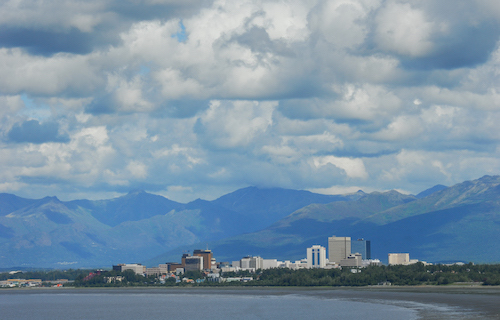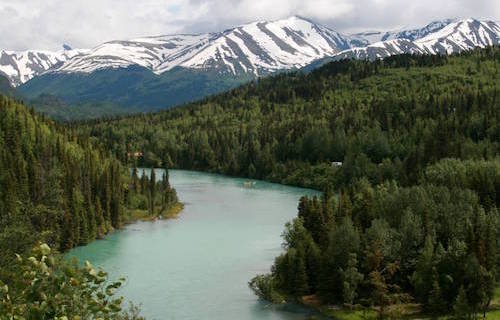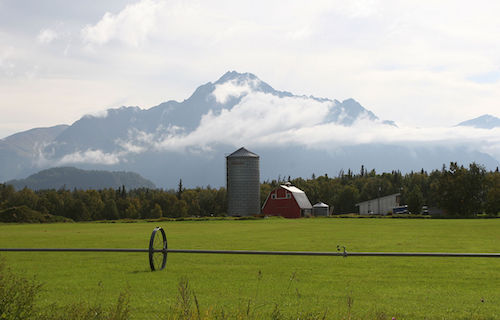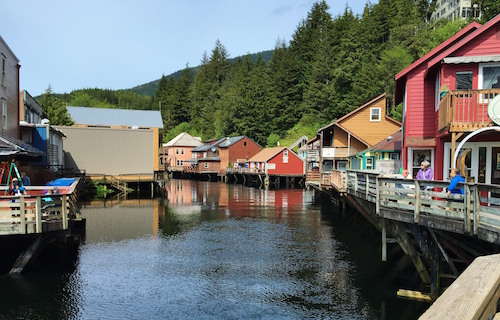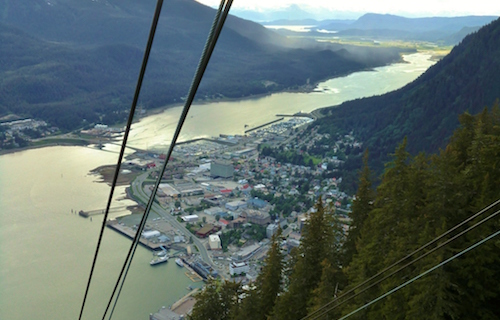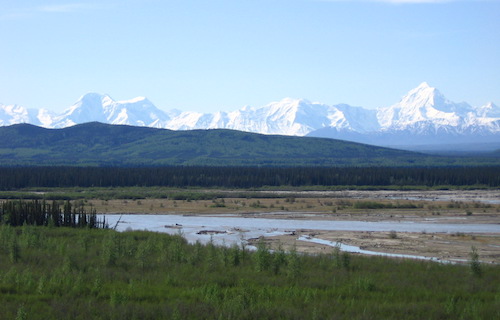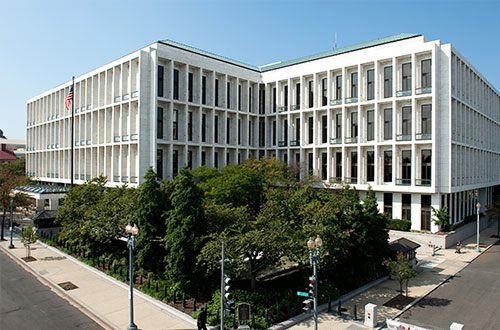Senator Murkowski Celebrates Passage of Secure Rural Schools Reauthorization in Senate
Washington, DC – U.S. Senator Lisa Murkowski (R-AK) today helped facilitate the Senate’s passage of legislation she is cosponsoring, the Secure Rural Schools Reauthorization Act of 2025, by unanimous consent. Murkowski worked with the leaders of the Energy and Natural Resources (ENR) Committee and her Democratic colleagues to secure passage of several bills, including this measure to provide critical relief to communities impacted by declines in timber receipts. SRS funds are used to support schools, roads, and additional municipal services. Senator Murkowski has consistently used her role on the ENR Committee to advocate for this legislation.
“If you’re a city manager building a budget or a school administrator looking at new hires, you need financial certainty. That’s why renewing the Secure Rural Schools program before funding lapses has been one of my top priorities in this Congress, and today was a crucial step in that process,” Senator Murkowski said. “I hope my colleagues in the House will quickly pass this legislation to provide stability for Alaska’s schools and local governments.”
Background
The Secure Rural Schools and Community Self-Determination Act was enacted in 2000 to assist communities negatively impacted by declining timber sale revenues. Payments to eligible communities may be used to support schools and roads, fire prevention, emergency services, and eligible lands projects. This reauthorization also makes permanent changes made via the 2018 Farm Bill and the Infrastructure Investment and Jobs Act to help Resource Advisory Committees work more effectively.
The Secure Rural Schools Reauthorization Act renews the program through 2026. The measure now goes to the House for further consideration.
The Forest Service controls 22 million acres of land in Alaska. That includes 17 million acres in Southeast and several million more acres in Southcentral. How much each eligible borough receives is based in part on how much federal forest land is located within its boundaries.
###

